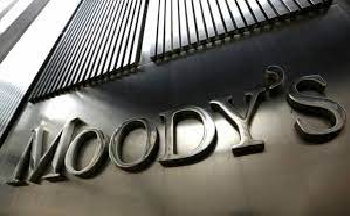Following decisions expected with some concern, Standard&Poor’s and Moody’s rating agencies have reaffirmed Romania’s rating. The concern was coming from the fact that a lower rating would have downgraded us to the non-investment grade category (junk). Such a label would have made financing the government deficit both more challenging and expensive and would have significantly affected public spending and economic outlook.
The circumstances have not been the best, given that as the NBR governor and the Fiscal Council Chairman noted, the government deficit adjustment for 2021 was disappointing. The above expectations economic growth and public revenues have not been used to strike a more ambitious fiscal balance. This only means that the adjustment will be postponed for the coming years with slower growth rates which renders the balancing act trickier, especially in the run-up to general and presidential elections. A lower-than-expected fiscal consolidation has been compounded by the political crisis which makes taking economic decisions harder or even impossible.
 What lies behind the rating agencies’ decisions? On whom do they pin their hopes to keep Romania away from economic slippages? To answer this question I will refer to the Moody’s press release, which made the most interesting decision of maintaining the sovereign credit rating while improving Romania’s outlook to stable from negative. In other words, the risk of a future downgrade to junk status is now lower.
What lies behind the rating agencies’ decisions? On whom do they pin their hopes to keep Romania away from economic slippages? To answer this question I will refer to the Moody’s press release, which made the most interesting decision of maintaining the sovereign credit rating while improving Romania’s outlook to stable from negative. In other words, the risk of a future downgrade to junk status is now lower.
The institutions/sectors upon which Moody’s expectations are based are explicitly indicated in the first part of the press release: the private sector and the European Union.
The country’s private sector is considered to be the main source of any upcoming solid economic growth, with the multinationals operating in high value-added industries being significant contributors.
The role played by the EU in the Moody’s assessment is critical on two counts. The first has to do with the positive impact of a strong economic interconnection between the local and the European economies. To this end, the EU-funded National Recovery and Resilience Program of EUR 29 bn is expected to have major implications for the country and lower the risk of major economic imbalances. At the same time, Moody’s expects the EU to act as a “control tower” of slippages and excesses by future Romanian governments, having as a benchmark the reforms that Romania committed to in the NRRP which are also a condition of receiving funding worth tens of billion euros.
Moody’s goes on to say that all this will offset the negative impact of unstable political coalitions and policy inconsistency. Lower vaccination rates are seen by the agency as another factor that puts the positive economic scenarios underpinning the rating at risk.
Therefore, according to Moody’s, our hopes lie in the economic discipline of the private sector and the EU.
Have a nice weekend!
Subscribe to receive notifications when new articles are published
